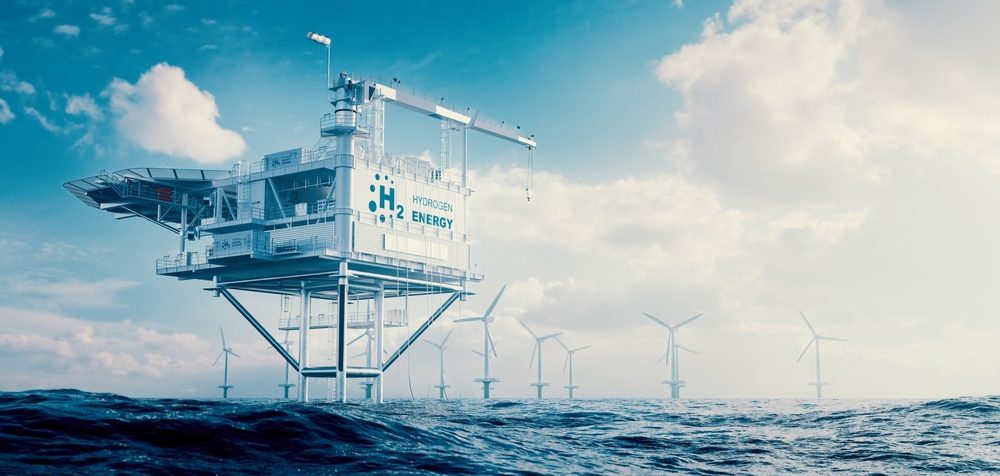
A global team led by David Lee Phillips and Zheng-Xiao Guo at the University of Hong Kong has created a novel nanomaterial that can extract hydrogen from fresh or salt water using solar energy. As the extraction process does not require electricity it offers a cleaner and more efficient energy source for the future, and could be a major factor in transforming hydrogen production into a non-polluting fuel and a promising energy-storage medium.
To create the new nanomaterial, the researchers replicated the distinctive structure of photosynthesizing bacteria which functions as a light sensor. This nanomaterial forms the basis of an artificial system that can utilize light energy for photocatalysis – a reaction that produces hydrogen along with other materials. When light is applied
“The nanomaterial is stable enough in ambient water. That’s a big breakthrough because many things for photocatalysis reactions are not necessarily stable in water. Here we’re using water as the reactant – like nature does,” said Phillips.
Their new system is capable of producing high-quality products, which are critical for achieving optimal performance in industrial applications, such as fuel cells. They also examined the potential of using membranes to filter out undesired molecules and ensure the production of specific and pure products.
“In industry, we want pure things. We want pure hydrogen, but not other stuff like ammonia or hydrocarbon because impurities degrade devices like fuel cells,” said Guo. “Together, this technology can make a real green and cost-effective selective process to produce particular products. What we try to do is offer ways of doing it very efficiently with the new system, and hopefully, it can be tested and integrated into practical applications.”
